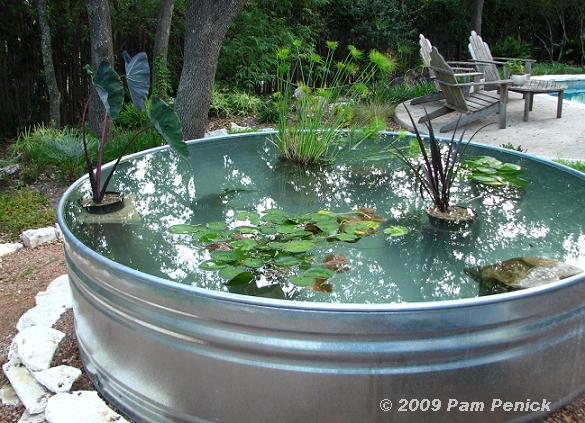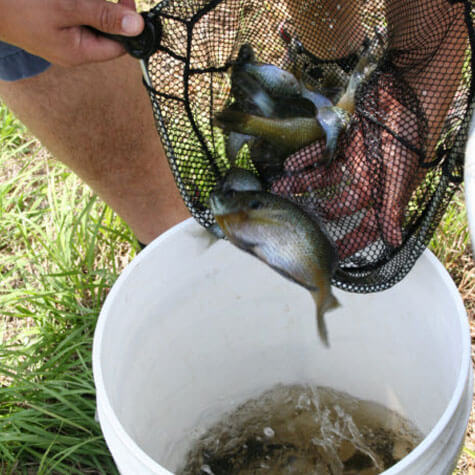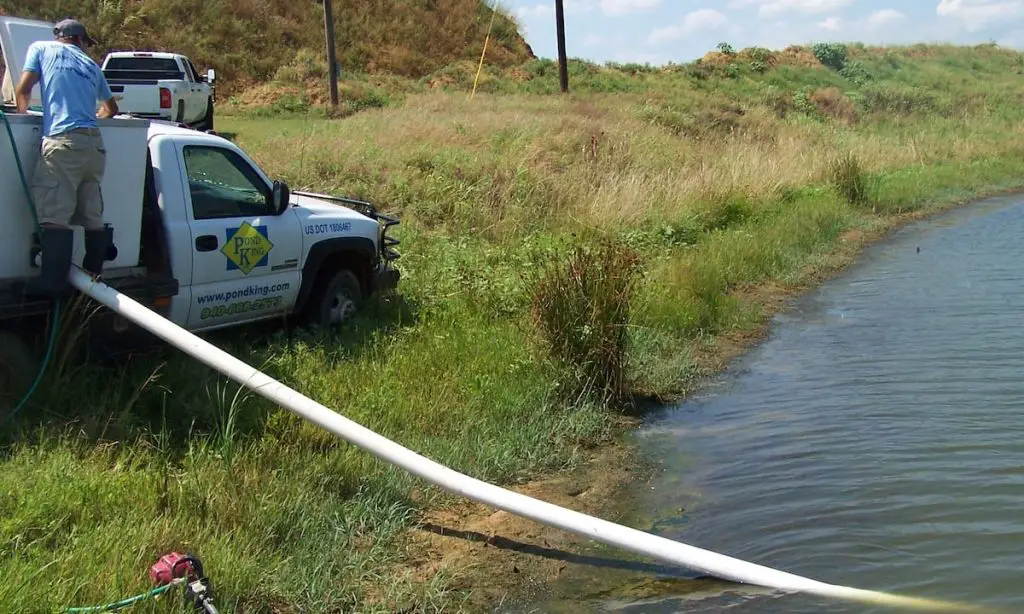Stocking a pond can be an exciting and rewarding experience for pond owners. Whether you have a small backyard pond or a larger pond on your property, choosing the right fish and ensuring they thrive in their new environment is crucial. In this article, we will discuss the steps involved in stocking a pond successfully.
1. Assess Your Pond
Before stocking your pond, it’s essential to assess the size, depth, and overall condition of the pond. Different fish species have specific requirements when it comes to water depth, temperature, and oxygen levels. Understanding your pond’s characteristics will help you determine which fish species will thrive in the environment.

Credit: www.penick.net
2. Choose the Right Fish Species
When stocking a pond, it’s important to select fish species that are well-suited to the size and conditions of your pond. Common pond fish species include:
- 1. Koi
- 2. Goldfish
- 3. Catfish
- 4. Trout
- 5. Bass
- 6. Bluegill
Each of these fish species has specific requirements in terms of water temperature, oxygen levels, and feeding habits. Researching the needs of each species will help you make informed decisions when stocking your pond.
3. Consider the Balance of Fish
When stocking a pond, it’s important to consider the balance of fish species to maintain a healthy ecosystem. For example, adding too many predatory fish species can disrupt the natural balance and lead to overpopulation or aggression. It’s essential to strike a balance between predator and prey species to ensure a harmonious environment.

Credit: www.purinamills.com
4. Introduce Fish Gradually
Once you have selected the fish species for your pond, it’s crucial to introduce them gradually. Adding too many fish at once can overload the pond’s ecosystem and lead to water quality issues. Start by adding a small number of fish and monitor their behavior and health before gradually increasing the population.
5. Monitor Water Quality
Regularly monitoring the water quality of your pond is essential to ensure the health and well-being of your fish. Factors such as pH levels, ammonia, nitrite, and oxygen levels can impact the fish’s health. Investing in a water testing kit and conducting regular tests will help you maintain optimal water quality.
6. Provide Adequate Food
Feeding your pond fish a balanced diet is essential for their growth and overall health. Depending on the fish species, you may need to provide them with commercial fish food, live food, or a combination of both. Overfeeding can lead to water quality issues, so it’s important to feed your fish in moderation.
7. Maintain the Pond
Regular maintenance of your pond is crucial to ensure a healthy environment for your fish. This includes removing debris, controlling algae growth, and ensuring proper filtration and aeration. Keeping the pond clean and well-maintained will help your fish thrive and prevent common issues such as disease outbreaks.
8. Seek Professional Advice
If you are unsure about how to stock your pond or encountering challenges with your fish, don’t hesitate to seek professional advice. Consulting with a local fishery or pond management expert can provide valuable insights and guidance to help you maintain a thriving pond ecosystem.
By following these steps and guidelines, you can successfully stock your pond with the right fish species and create a vibrant and balanced ecosystem. Remember to research the specific requirements of each fish species, monitor water quality regularly, and provide proper care and maintenance to ensure the health and well-being of your pond fish.


